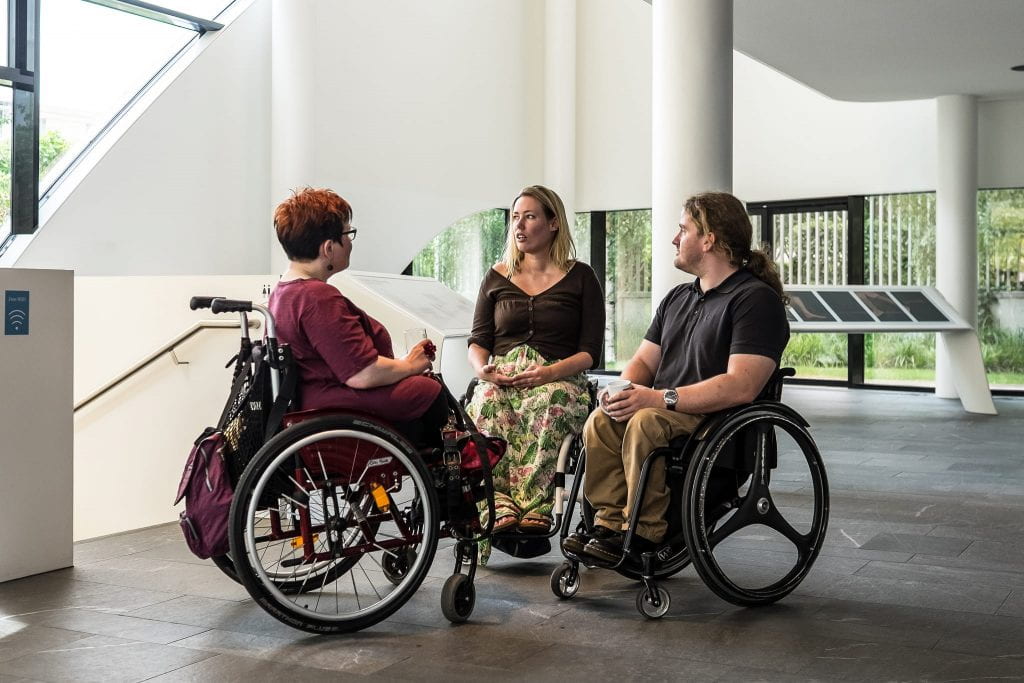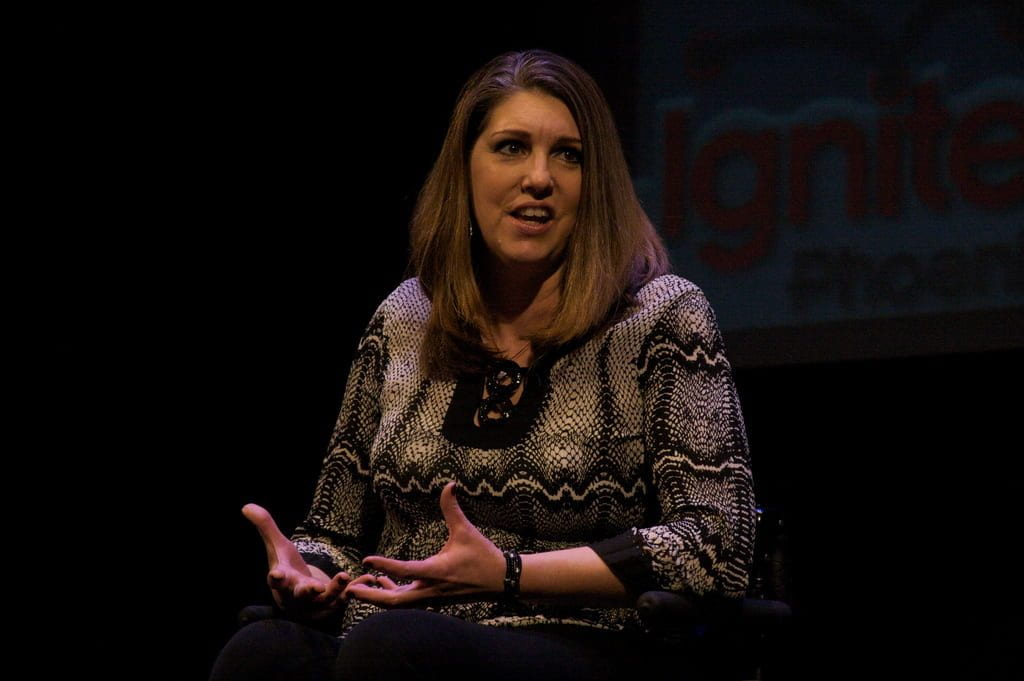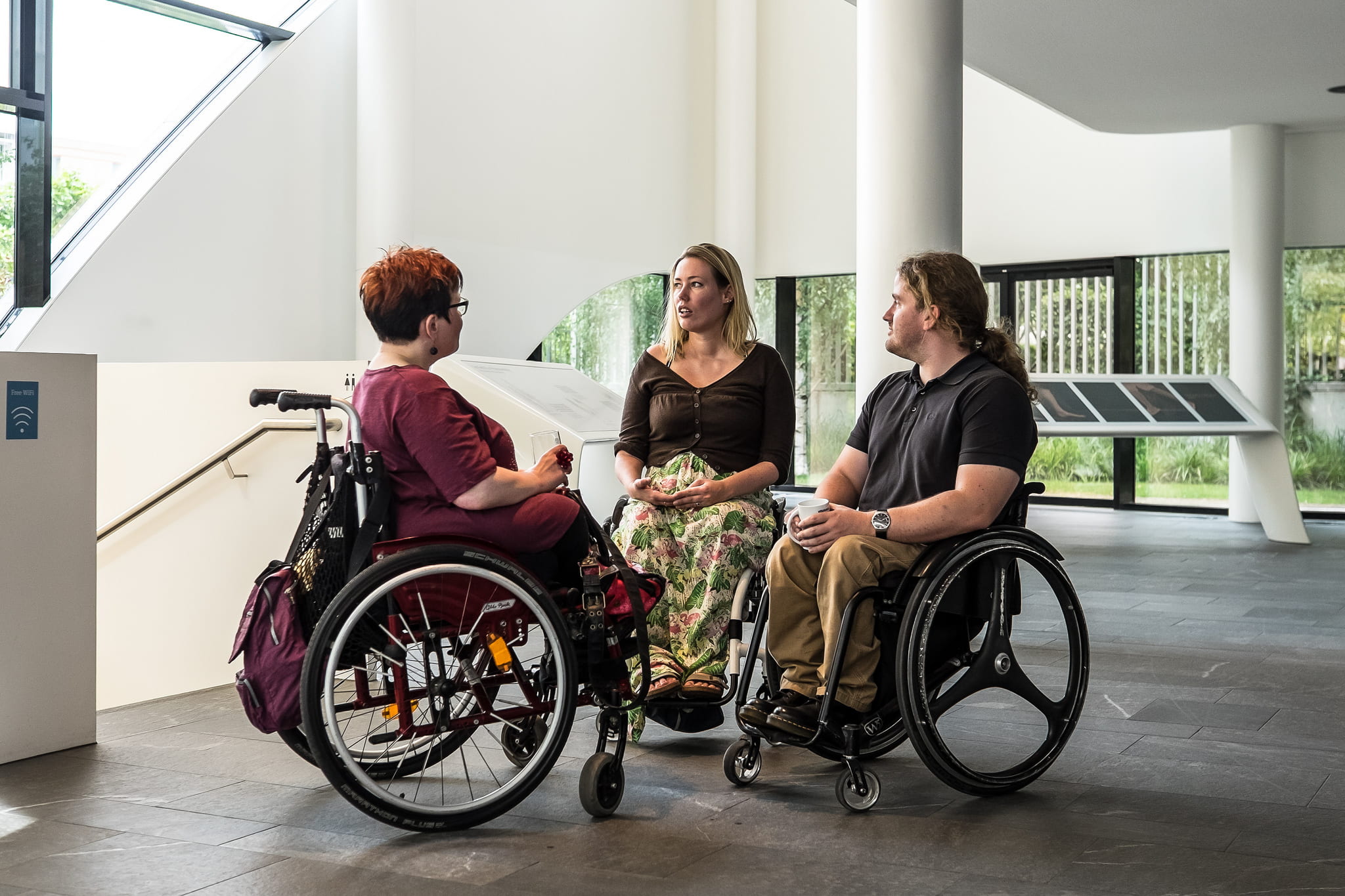Representation shapes the way we view the world – media regularly exposes us to perspectives and truths that we may otherwise never experience. Disability is one perspective that abled society frequently avoids. Persons with disabilities are heavily under-represented in media, and existing representations often perpetuate harmful stereotypes. Persons with disabilities are rarely depicted with agency or dignity. More often, disability in media is associated with helplessness, pity, or as a perverted source of inspiration for abled people.
However, times are changing. GLAAD’s Where We Are On TV is an annual report on diversity in television; findings from the recent 2018-2019 television season report a positive trend on representation for people with disabilities. Last year’s report found that 1.8% of all series regulars on primetime broadcast television had disabilities, while this year’s report lists 2.1%. This is only a small increase, and still under-represents the proportion of Americans with disabilities. According to the United States Census Bureau, Americans with disabilities make up between 12–19% of the population (variation in range is due to inconsistent definitions of disability).

But that 2.1% consists of a variety of compelling characters with disabilities. Popular television shows Speechless is groundbreaking for its representations of differently-abled youth. The show is centered around a young man with cerebral palsy, JJ, and his wacky family and friends. Speechless is unique in its approach of wholesome humor to deal with the difficulties of navigating personal agency, inclusivity and the struggles of teen life. Disability is so often viewed from a lens of misery, alienation, and darkness, but this show handles tough topics without demonizing disability. Speechless demonstrates that life with disabilities is much like any other, filled with pain but also joy and laughter. Though this is only one show, Speechless empowers persons with disabilities and sets a better tone for disability representation.
Despite under-representation in mainstream media, people with disabilities have found power in creating a culture of agency within their respective communities. Superfest, a disability film festival, was held in October of this year and showcased a range of perspectives from quadriplegia to cerebral palsy to Deafness. Social media allows persons with disabilities to present their own image of independence and beauty, empowering themselves and others. Advocate/blogger/model Mama Cax is an amputee woman of color with nearly 200k followers on Instagram (@mamacaxx). Cax, who modeled in popular designer brand Chromat’s inclusive Pool Rules campaign, is an inspiration to many women with disabilities who have never seen bodies like theirs proudly and unapologetically represented as beautiful.
Positive strides are also being taken in terms of political representation. Notable people with disabilities in politics include former president Franklin Delano Roosevelt and former Senator Tammy Duckworth. FDR was the first and only United States president who used a wheelchair; Duckworth was the first woman with a disability to be elected to Congress. Currently, no member of Congress has openly identified as having a disability, but the recent midterms did include several candidates with disabilities. Disability Action for America is an organization dedicated to increasing representation for persons with disabilities in the American political arena. Disability Action for American endorsed 16 candidates and raised money to aid their campaigns through the grassroots effort Disability Action Network. With their help, Jennifer Longdon is the first full-time wheelchair user to be elected to Arizona’s State Legislature.

“I think that my own marginalization, my own minority status, gives me a point of view that some of the other candidates might not share. It’s all interconnected. We’ve got to work together to get solutions… It touches education and employment. It touches housing and public transportation and health care and how the criminal justice system works. It touches disability and being LGBTQ, disability and being undocumented, disability and being black or brown, disability and being poor, being uneducated, being whatever else that made you ‘other.” – Jennifer Longdon
People with disabilities are a large and significant community. Increasing representation in media and politics is a critical step towards the acknowledgement of the rights of persons of disabilities at all levels, in all arenas. The examples discussed in this blog are few, but I believe that representation will grow from here. As more people see disability through better representation, disability becomes less distant and more easily understood and accepted. Disability advocates and activists are already growing in number as social justice movements have made efforts towards inclusion and intersectionality. These factors combine to create a positive force for change. Though there are still plenty of barriers to dismantle, disability representation and inclusion in society is on an upward swing.

